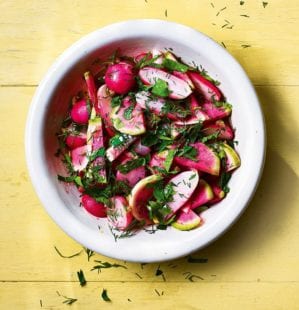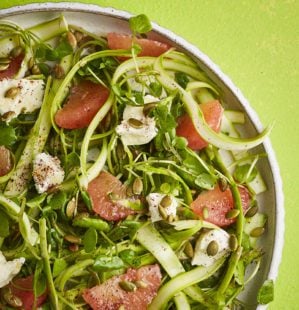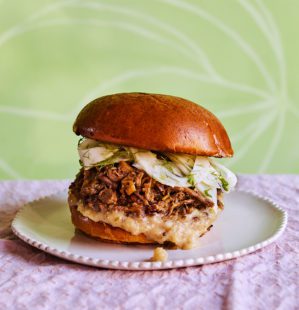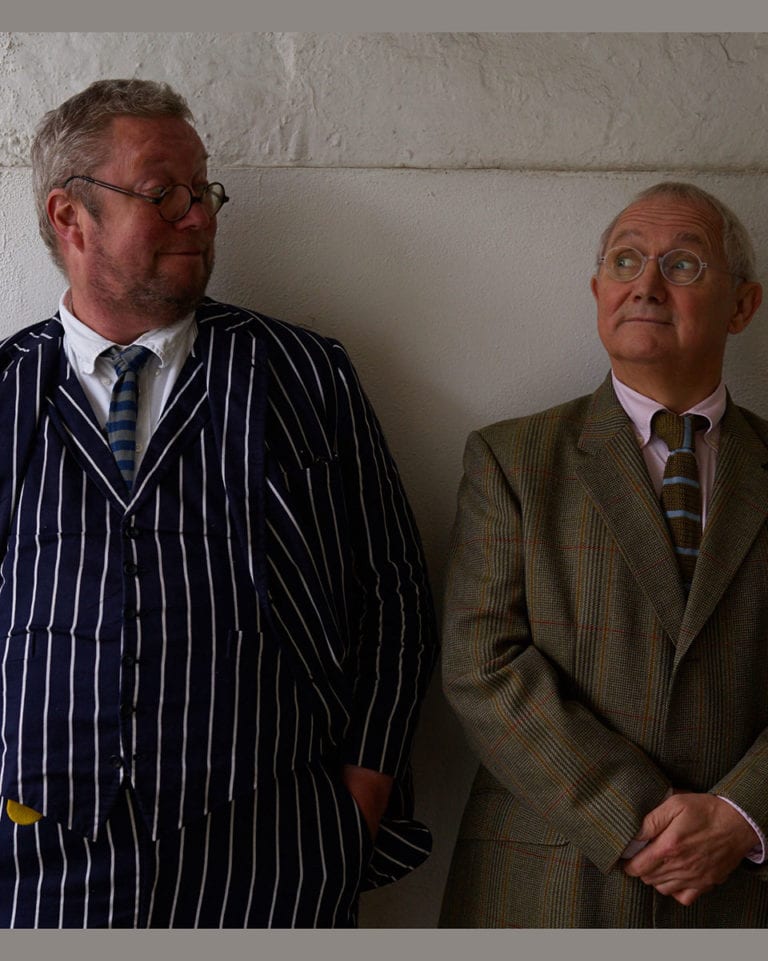What is modern British food?
It’s a phrase that’s used a lot – but what does ‘modern British food’ really mean? From its pared-back roots at St John to restaurants prioritising local produce or global influences, the phrase can mean different things to different people. Food and drinks writer Joel Hart investigates.
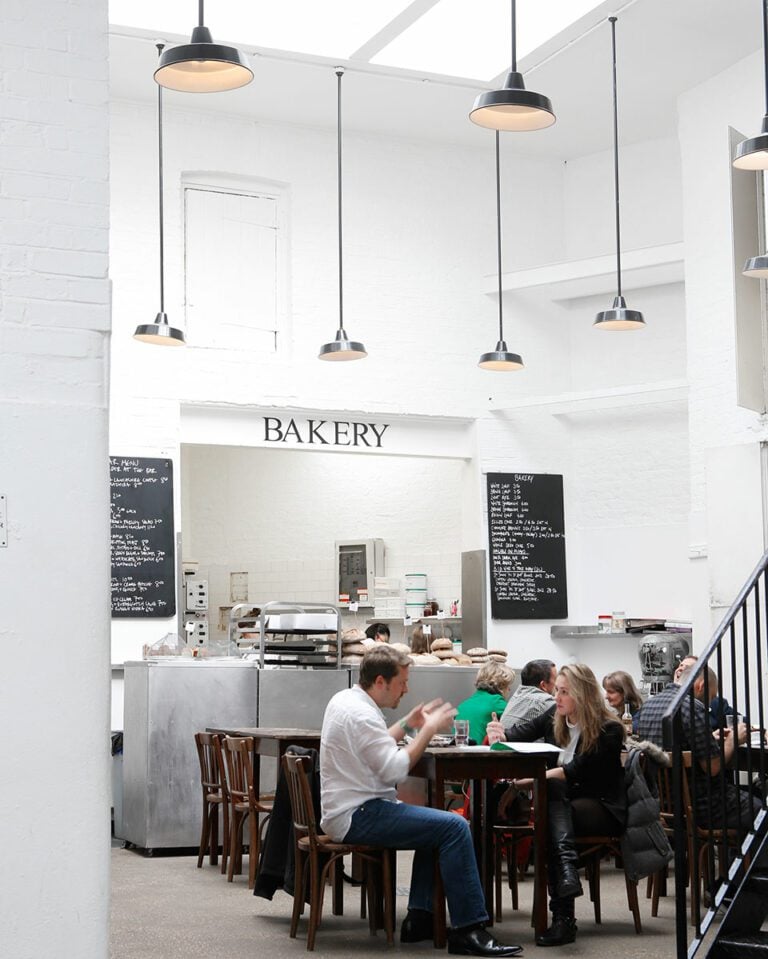
I’ve always been obsessed with food, but when I began to explore it in the kitchen, aged 12, I wasn’t attempting dishes like shepherd’s pie, but rather tortilla, spaghetti aglio e olio and chicken ramen. By my early 20s, I was cooking curries, and by my mid-20s, putting on Ottolenghi spreads.
Other than seeking out the rebellious feeling of eating a bacon roll in my late teens (I grew up kosher), I’d had little interest in British food. I can’t remember exactly when that changed – possibly it all started with watching Great British Menu – but along the way I was swept up in the excitement of a different idea of British food.
If it were once reducible to fish and chips and Sunday roasts, British food has since been transformed into something else, sweeping off the ‘traditional’ stigma, propelled by the umbrella term ‘modern British’. But as with all blanket labels, there’s a risk of it becoming so broad that it slides into meaninglessness. Clearly it contains multitudes, but is there a unifying thread? And why does the term hold so much weight?
It all began in the 1990s
To answer these questions, I begin by heading to a dining room in Farringdon. It’s two-toned white and walnut, almost naked. The service is nonchalant but attentive. The food begins to arrive; it’s cool and understated like the decor and service, only more vibrant and ambitious.
Smoked eel and potato salad, deep-fried prawns from Mylor in Cornwall with ivory-hued mayonnaise – as voluptuous in texture as it looks – and a salad of Middle White pork tongue with a chicory salad, which doesn’t so much offset the meat as hold it in its arms. A chicken and pig’s trotter pie follows, with a glorious suet-crust.
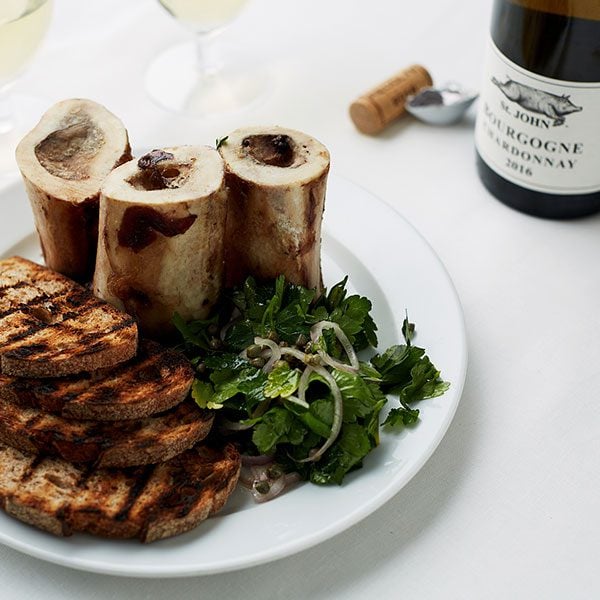
With its promise, 30 years ago, to revive the culinary traditions of these isles, if there’s anywhere to begin unravelling what modern British food is, it’s here at the revered St John, where I’m eating with Trevor Gulliver, who co-founded the institution with Fergus Henderson.
“What was modern British food three decades ago?” I ask him. “It didn’t exist,” Trevor says, which would sound tongue-in-cheek (aptly for St John) if it weren’t true. Trevor is witty, spirited and resistant to categorisation. While he’s happy to give credit to St John’s role in shaping the nature of restaurant food in Britain today, I get the sense Trevor doesn’t want to offer a clear definition of the term ‘modern British’.
“You do get platitudes rolled out all the time about the history of UK cuisine,” he says wryly, “but when someone says ‘This is just like my mother used to cook,’ my response is this: if your mother cooked like this, you wouldn’t eat out.”
The St John philosophy applied a French respect for provenance to British ingredients, and combined that with a British sensibility. It can be identified in some of the signature aspects of the menu: in the multiple nose-to-tail dishes (pigs’ ears, ducks’ hearts, lambs’ tongues); in the artisanal British produce designated by origin; in the vegetable dishes glossed by vinaigrettes; in the pies and old-school puddings.
Less is more
Higher Ground in Manchester describes itself as a ‘modern British bistro’ and shares St John’s less-is-more philosophy. Oh, how they let their ingredients shine. Here lies the first principle of modern-British cooking: a formula based on constraint.
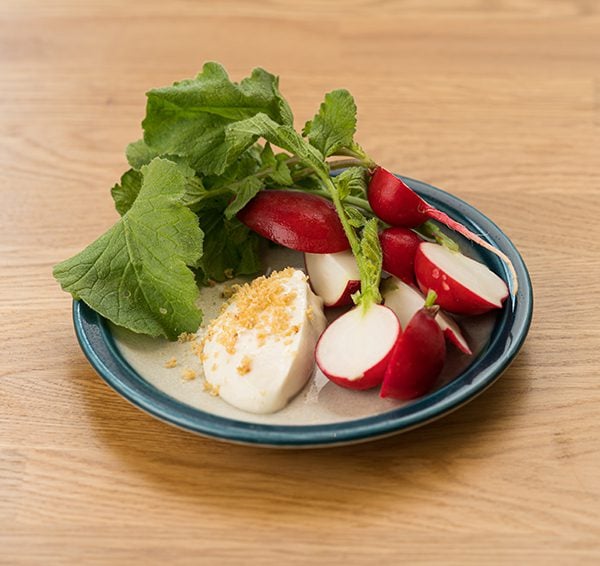
The restaurant was nominated for the 2024 Good Food Guide’s Best New Restaurant, and co-creator and head chef Joe Otway thinks it’s constraint that’s given Higher Ground an identity.
“Modern British food is about letting the pantry push your decisions for you,” Joe says. He tells me he decided to put suet-pastry pies on the menu after realising he had a freezer full of minced animal suet. You’ll also find pea fritters with Quicke’s cheddar; wholewheat pasta with a ragù made from British wagyu beef and pork; Knutsford hogget; and malted-barley pudding with stout caramel.
Local ethos…
Joe spent a year at Blue Hill Farm restaurant in New York state, famed for its farm-to-table ethos, and he’s driven by a commitment to British agriculture, which can have its limitations. In practice, although he allows for olive oil and citrus to be used in his restaurant kitchen, he doesn’t use spices. Vegetables come from Cinderwood, the business’s own market – and they work closely with Hodmedod’s, which is a driving force in reviving ancient grains and growing pulses and beans in the UK. This shift in the relationship between agriculture and gastronomy is helping improve perceptions of British food abroad.
What happens to modern British cooking in a fine-dining context, where ingredients tend to be manipulated into fussier components? Isaac McHale, chef/owner of two-Michelin-starred The Clove Club, applies the pared-back St John approach to a fine-dining setting, adding his own gastronomic stamp. My conversation with him dives straight into an interrogation of modern British. “It’s a valid term,” Isaac says, “but what does it mean? Nobody knows. Its name is in the eye of the beholder. Does it mean pie and jellied eels in a foam gun?”
…or global outlook?
Isaac’s style of cooking at The Clove Club is eclectic. He grew up in Glasgow, where food brought to the UK by waves of immigration figured large, through eating at local curry houses and round at his best friend’s, whose mum was Chinese.
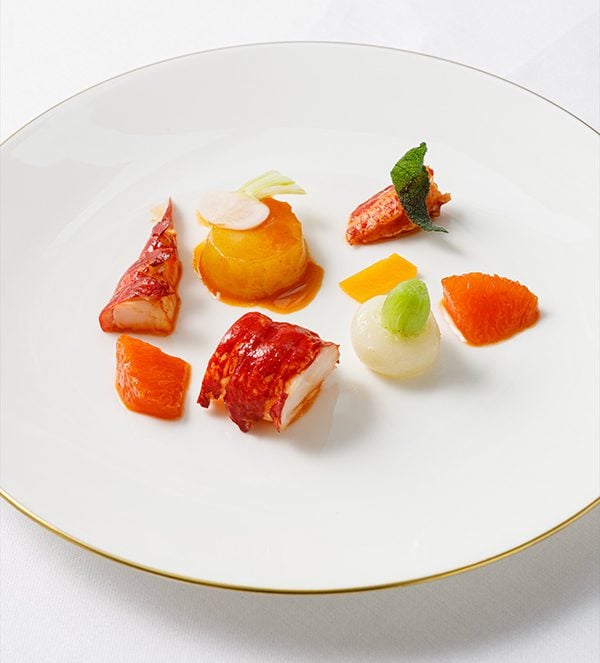
Isaac became a chef to learn how to make pakoras, beginning his cooking journey with a wok and Ken Hom’s Taste Of China. His cooking involves the use of Indian spices and Chinese cooking techniques, as well as Japanese inspiration from his recent travels. “Modern British cooking exists as a term, even if it’s tricky to define,” he says. “Even though we have the best produce in the world, it’s too restricting to define modern British cooking as simply ‘produce-led’.”
On McHale’s current tasting menu there’s a haggis bun, raw Orkney scallop with English truffle, a tempura of whiting, and an offbeat but quite brilliant dessert consisting of warm potato mousse, potato jam, coffee, and caramel ice cream.
One dish stands out as an example of how McHale balances his desire for renewal with a relationship to tradition: sardine sashimi served on a potato cracker, dressed with Worcestershire sauce, English mustard and chrysanthemum buds. On the side, there’s a dashi-style broth made from smoked sardine and sardine bones, enriched with cream and Craigellachie whisky.
Is there such a thing as modern Scottish?
You might expect a Scottish chef who takes inspiration from Scotland but works in London to identify their cuisine as modern British, but what about Scottish chefs working in Scotland? To find out, I asked Roberta Hall-McCarron, executive chef of The Little Chartroom, Eleanore and Ardfern in Edinburgh.
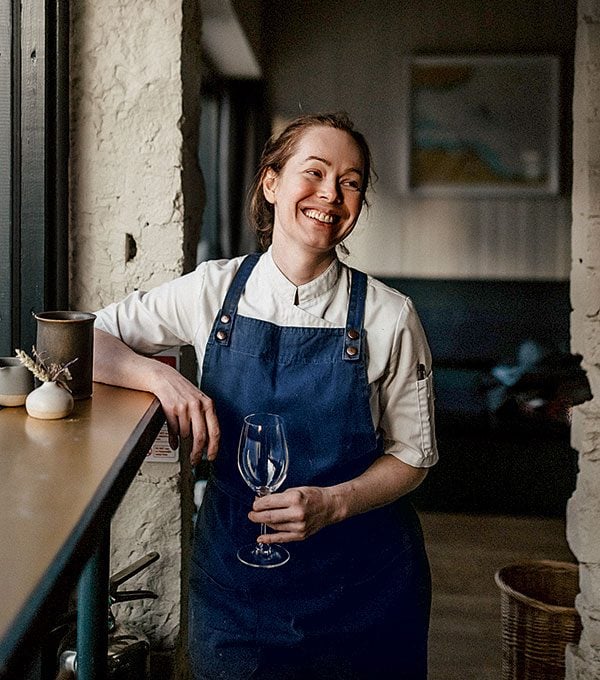
“I’d describe our cuisine as modern British, yes,” she says. “I take influences from all around the world and apply them to dishes that are classically British, but I’ll adapt them with different spices and flavourings.” There’s a precedent for that in Scottish cuisine, of course: “Haggis, with its spices, is a good example.”
Is modern Scottish a thing? She suggests it’s unusual for Scottish chefs to use that term. Roberta’s aim is to source as much from Scotland as possible, but beyond local shellfish, game and mushrooms, she’s happy to source cheese and vegetables from further afield and adopt ideas from non-British food cultures. A menu at The Little Chartroom might involve reinterpretations of cullen skink alongside choux buns made with English cheese wigmore, pâté en croûte and ingredients such as wakame.
It’s a culture club
Financial Times food critic Tim Hayward has eaten in more restaurants than the majority of us, so I was keen to know his views on what shapes and constitutes modern food in Britain today. “Culture is more important than the provenance argument,” he says.
“What’s more exciting now is that you make food out of ingredients, and the ingredients are to a greater or lesser degree a matter of supply in the place where you’re based. The intellectual burden, on the other hand – the recipes that form the foodways of the country – those are now global.”
There are countless examples of international cuisines reinterpreted with native British ingredients. Santiago Lastra at Kol in London’s Marylebone and John Chantarasak at Anglothai in Soho, for example, have replaced citrus with the likes of sea buckthorn and gooseberry for their takes on Mexican food and Thai food respectively.
I asked Sertaç Dirik, the chef who gave London restaurant Mangal II its hybrid Turkish-British identity, for his views on the term modern British. “Being able to use the produce, champion it and celebrate it in our own way makes it British.”
Sertaç has created dishes like sucuk with fermented strawberries and green tomatoes, as well as rhubarb and pecan baklava with elderflower cream and macerated greengage. “British cuisine is one of the world’s most serious contenders. That’s because of the richness of the people here and because we’re embracing the place and produce.”
The bottom line is that modern British cuisine is a uniquely flexible category, uniting chefs who either focus on hyper-local produce, the cuisine of Britain’s diaspora communities, pared-back nose-to-tail eating or a fusion of some or all of these elements. What glues them all together is a desire for renewal and improvement, with a gentle nod towards authenticity or tradition but often readily displaying where boundaries are bent.
This openness has always enticed me, and it’s the ability to balance a progressive vision with respect for culinary heritage that’s propelling British cuisine into new horizons. As Tim remarks, “British food doesn’t look back as far as it could do, but in the end it probably shouldn’t, because it’s actually about looking forward.”
Subscribe to our magazine
Food stories, skills and tested recipes, straight to your door... Enjoy 5 issues for just £5 with our special introductory offer.
Subscribe
Unleash your inner chef
Looking for inspiration? Receive the latest recipes with our newsletter
